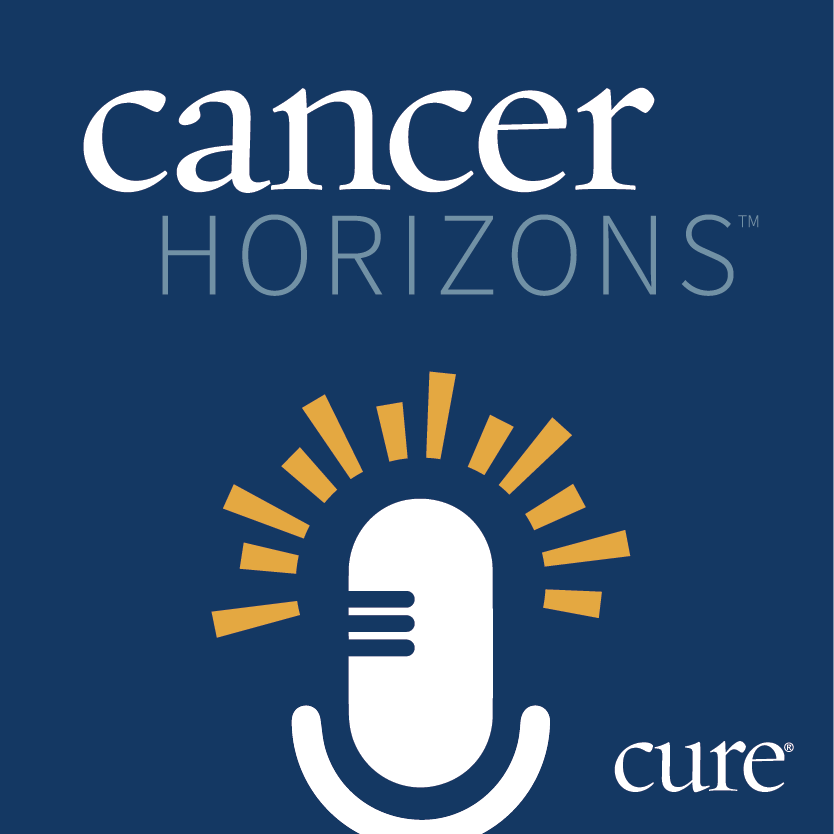News
Article
An Introduction to Prostate Cancer
Author(s):
An introduction to prostate cancer
More than 240,000 men will be diagnosed this year with cancer of the prostate, a walnut-sized gland involved in the production of semen. The more sobering number is this: More than 2 million men are either living with prostate cancer or have been diagnosed with it at some point. The disease is so common that studies suggest that as many as nine out of 10 men could have prostate cancer by their 80th bir thday, although many will never know it. (Many men also suffer from benign prostatic hyperplasia, or BPH, a noncancerous enlargement of the prostate that blocks the normal flow of urine.) Prostate cancer can grow sluggishly, taking sometimes years to reach beyond the boundaries of the prostate gland—this means that men are more likely to die of something other than their cancer. But if the malignancy spreads to the bone and other tissues, it can turn deadly. This year, more than 33,000 American men are expected to die from prostate cancer.
While any man can get the disease, the risk increases with age. For unknown reasons, African-American men are both more likely to be diagnosed with prostate cancer at younger ages and to die from it. The role of lifestyle in prostate cancer risk remains unclear—research into factors, such as diet, weight and exercise, hasn’t been consistent. (Although cancer experts say that, generally, diets high in fruits and vegetables appear to protect against cancer.) Men with close family members who have been diagnosed with prostate cancer appear to be at higher risk.
Treatment for prostate cancer is improving, and the statistics for surviving the disease couldn’t be better; on average, the five-year survival rate for prostate cancer that is not progressing is close to 100 percent. In fact, many men with prostate cancer do not need active treatment, only active surveillance in which doctors closely monitor the cancer for change. But techniques for surgery, radiation and treatment with drugs are also evolving and offer hope of treating advanced disease with fewer side effects.
CURE's "A Patient's Guide to Prostate Cancer" offers an overview on the latest methods of preventing, detecting and treating prostate cancer. For more details, ask your doctor or healthcare provider.
From "A Patient's Guide to Prostate Cancer," published in the Winter 2011 issue of CURE. Download the full guide here.




